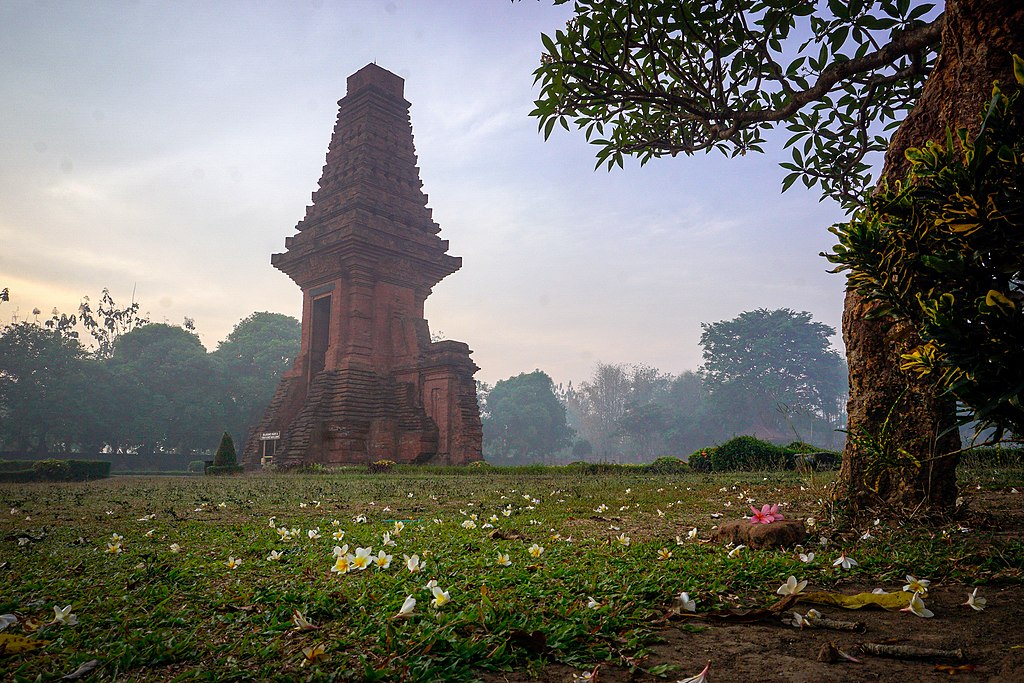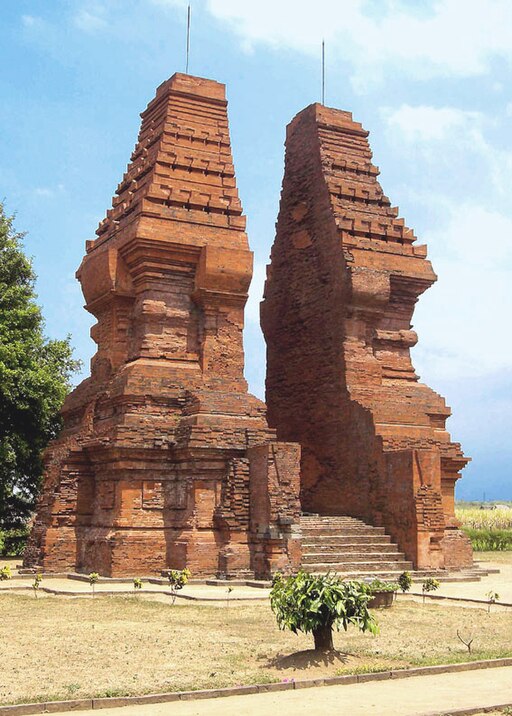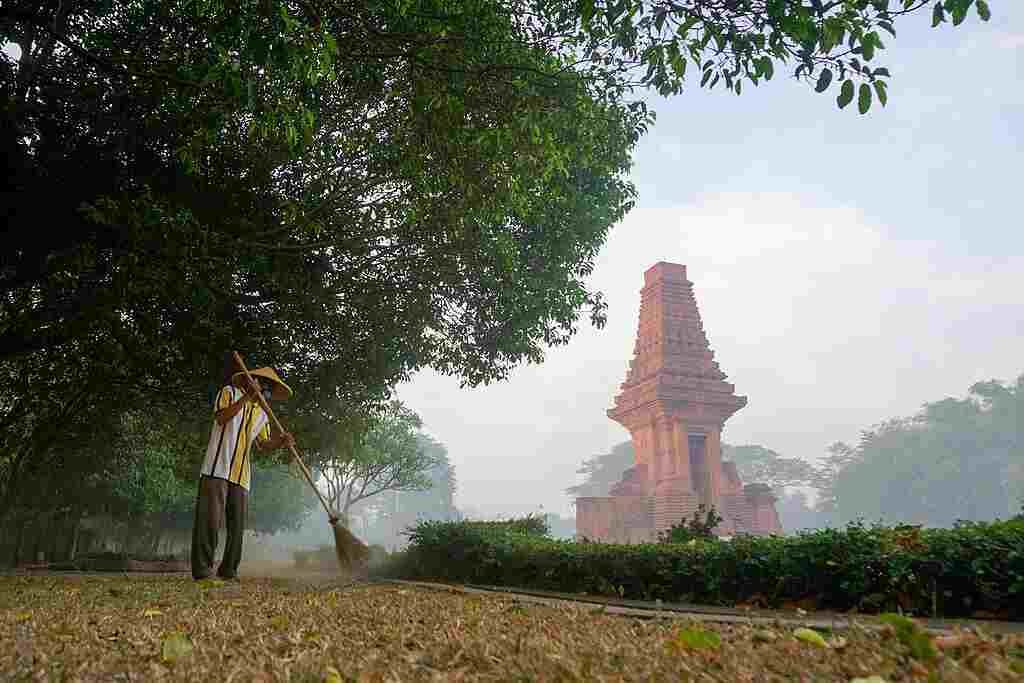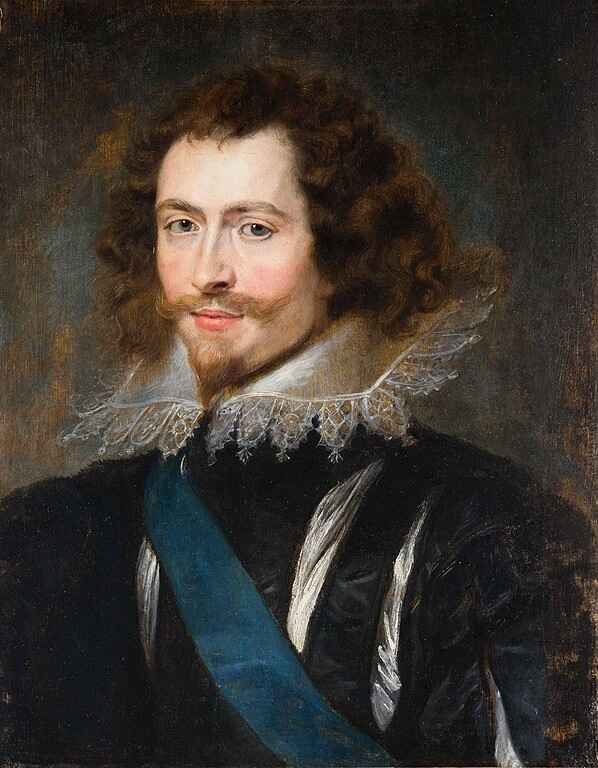Trowulan
Trowulan is a district in Indonesia in the district of Mojokerto, in the province of East Java. Precisely 11 km west of the city of Mojokerto. The distance is approximately 60 km from Surabaya. There are archaeological sites that stretch over 100 km² (62 miles²). It is believed that this was the location of the capital city of the Majapahit kingdom.
The Nagarakertagama, an epic poem written in 1365 in praise of King Hayam Wuruk, gives descriptions of Majapahit Palace and its surroundings.
The first excavations had unearthed temples and other places of worship. Recent excavations have revealed remains of craft, commercial and religious activities, residential areas and water supply systems, testifying to a dense population in the 14th and 15th centuries.
Older research of Trowulan has been focused on the monumental remains: temples, tombs and a bathing palace. Archaeological investigations and excavations have recently found remains of industrial, commercial and religious activities, residential areas and water supply systems, all of which are evidence of a high population density in the 14th and 15th centuries. On 6 October 2009, Trowulan was placed on Indonesia’s tentative World Heritage List.
Candi Tikus
Candi Tikus is a ritual bathing pool (petirtaan) that is perhaps the most interesting recent discovery in Trowulan. Candi Tikus means ‘rat temple’, the name was given to this in 1914 when, during the excavation, it was discovered that rats thrived on the site. In 1985 and 1989 the facility was restored and the red brick complex takes the form of a sunken, rectangular basin into which a staircase descends on the north side. The main building, extending from the southern wall of the basin, was apparently modeled after the legendary Mount Mahameru. It is no longer complete, but consisted of terraced foundations, on which must have been a concentric collection of ‘towers’ surmounted by the highest peak of the building.

Candi Tikus Bathing Palace. Gunawan Kartapranata, CC BY-SA 3.0, via Wikimedia Commons
Bajang ratu
Not far from Candi Tikus in the Keraton district is the recently restored Bajang Ratu Gate, an elegant mid-14th-century padurak gate in red brick. The shape of the building is large and graceful, and has a height of 16.5 meters with intricate relief decorations, especially on the roof section. Bajang Ratu means ‘dwarf or defective monarch’ in Jananese. Folk tradition connects the gate with Jayanegara , the second king of Majapahit, Kertarajasa Jayawarddhanas successor, the founder of the Majapahit Empire. According to tradition, Jayanegara fell from the gate as a child which injured his body. The name also means ‘little monarch’, as Jayanegara ascended the throne at a very young age. Historians connect the gate with Çrenggapura (Çri Ranggapura) or Kapopongan of Antawulan (Trowulan), the shrine mentioned in Nagarakertagama as the dharma place dedicated to King Jayanegara on his death in 1328.

Candi Bajang Ratu. Ivuvisual, CC BY-SA 4.0, via Wikimedia Commons
Wringin Lawang, the gate of Trowulan
Wringin Lawangis located just south of the main road in Jatipasar. The name in Javanese means ‘Banyan tree gate’. The huge road portals are made of red brick with a base of 13 x 11 meters and a height of 15.5 meters and date back to the 14th century. The gate is of the ‘Candi Bentar’ or split gateway type, a construction that may have appeared during Majapahitera. It is one of the oldest and largest remaining ‘Candi Bentar’ dated to Majapahitera. ‘Candi Bentar’ took its form from typical Majapahit temples and consists of three parts; the foot, the body and a high ceiling – split in half into two mirror-like structures to create a passage in the middle for people to walk through. This type of split gate has no doors and provides no real protection with narrows the passage. It was probably used only for ceremonial and aesthetic reasons, to create the sense of grandeur, before stepping into the next area. The established historians agree that this structure is the gateway to an important area of the Majapahit capital. Speculation about its original function has led to various suggestions, with a popular one being that it formed the entrance toGajah Mada’s residence.

Wringin Lawang, the gate of Trowulan. Gunkarta, CC BY-SA 3.0, via Wikimedia Commons
Brahu Temple
Candi Brahu in Bejijong District is the only structure still standing in what was once a cluster of historic buildings. According to popular belief, it was near this Candi Brahu that cremation ceremonies for the first of the Majapahit rulers were performed. This tradition, which is difficult to prove, is partly supported by material finds, which show that the monument once functioned as a royal mortuary . However, the royal personality to whom the building was dedicated is still unclear. The ruins of Candi Gentong are nearby.
Tomb of the Islamic Champa: According to local traditions, she is said to have married one of the last of the Majapahit kings and converted to Islam before her death in 1448.

Brahu Temple. Gunawan Kartapranata, CC BY-SA 3.0, via Wikimedia Commons
The Segaran Basin
The Segaran Basinis a large rectangular basin measuring 800 by 500 meters. The name Segaran originates from the Javanese word ‘segara’ meaning ‘sea’, probably a local idea that the great basin was a miniature of the sea. Around the water basin is a rectangular wall made of red brick that creates the shape of the basin. When the basin’s brick structure was discovered in 1926 by Maclain Pont, the basin was covered in dirt and mud. The reconstruction work was done a few years later and today Segaran Basin is fully functional and used by the local population for recreation and fishing. The brick structure was created in the 14th-15th centuries. The original use of the basin is unknown. Studies suggest that it was probably used for various purposes, but mainly as the city’s water reservoir as the supply of drinking water is necessary for a densely populated urban area, especially during the dry season. A local popular belief is that the pool was used as a bathing place to train Majapahit troops, but also as a recreational area for Majapahit royalty to entertain envoys and guests.

Segaran Basin. Gunawan Kartapranata, CC BY-SA 3.0, via Wikimedia Commons
Near the northeastern end of Kolam Segaran is the ruin of Candi Menak Jingga . The building was built of stone which is now scattered in the surroundings and its foundation is still below ground level. Excavations are still ongoing. The building was built with an outer layer of andesite and an inner layer of red brick. Most of what remains of the building are some ornamental parts (probably belonging to the roof) identified as Qilin, a Chinese mythological creature. This may indicate a strong cultural relationship with China, especially during the Ming Dynasty. Local tradition links the site with the pavilion of Queen Kencana Wungu, Majapahit’s queen from the stories of Damarwulan and Menak Jingga.
Umpak
In Umpak, stones form the base of wooden pillars, which were probably parts of a wooden building. The organic material has broken down and only the stone foundation remains.
Troloyo
In the district of Troloyo, a number of Islamic tombstones have been discovered. Most of them date to between 1350 and 1478. These finds not only confirm that Islam was well established in Java in the mid-14th century, but also that the religion was officially recognized and practiced in the royal capital. People also believe that Raden Wijaya ‘s grave is in Troloyo and they usually make a pilgrimage every Legi Friday.
The Trowulan Majapahit Museum
Many small sculptures of this type are on display at the Trowulan Museum of Archeology (south of Surabaya). Some were used as ornamental pieces, others seem to have had religious significance. The middle of the 14th century marks the peak of the Majapahit kingdom, under the reign of Hayam Wuruk.

Statue of Airlangga in Trowulan Museum. Gunawan Kartapranata, CC BY-SA 3.0, via Wikimedia Commons
Collections
Currently, this museum not only has archaeological relics from the Majapahit period but also various archaeological relics found throughout East Java. Artifacts from the era of King Khediri to the Singasari and Majapahit eras are exhibited here. Large collections of Hindu Buddhist stone sculptures and Majapahit terracotta artefacts are exhibited in this museum.
Among the objects on display there is the famous portrait statue of Airlanka. In it he is depicted as Vishnu seated on Garuda. It belongs to Chandi Belakan area. Here is a winged figure depicting Menak Jinggo, the famous King of Plembangan. Here is a portion of Chandi taken from Ambelgading. A carved statue here depicts the story of Samothramandana or “Sea of Milk”.
How to get from Surabaya to Trowulan
From Surabaya to go to this temple takes around 1h 30mn driving.
Indonesia Travel Guide | Preparing for your trip, practical guide, advice, tips and itineraries
Sources: PinterPandai, Julie Around the Globe, World Monuments Fund
Photo credit (main picture): Ivuvisual (CC BY-SA 4.0) via Wikimedia Commons
Main photo explanation: Bajang Ratu Temple is one of the temples from the Majapahit kingdom, which is located in Temon village, Trowulan district, Mojokerto, East Java. Based on its name, Bajang Ratu is taken from the Javanese language, which is the origin of the words Bajang and Ratu, Bajang itself means dwarf, so Bajang Ratu means that King Jayanegara was crowned the king of the Majapahit kingdom when he was a child.



